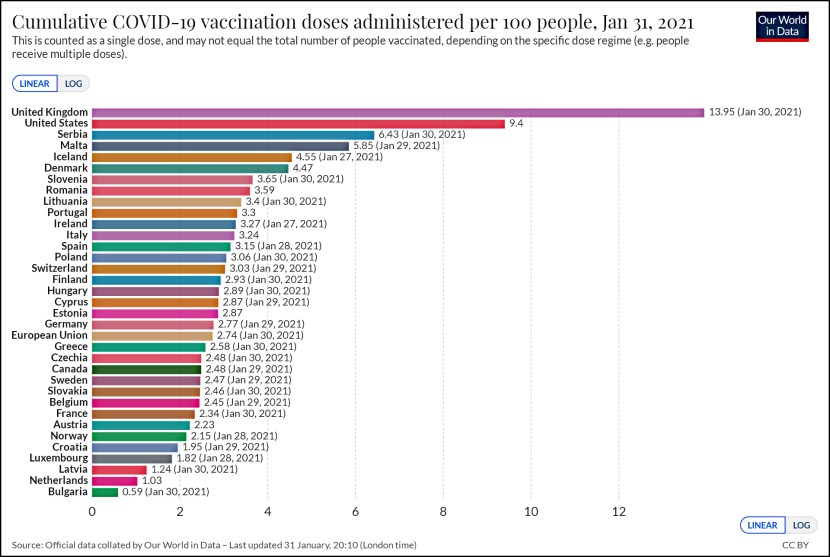Via Dan Drezner, Charli Carpenter tells us that although war crimes are down over the past couple of decades compared to historical averages, collateral damage is up. Way up:
But collateral damage is not only increasing as a percentage of all civilian deaths. The number of collateral damage victims is also increasing over time in absolute terms.
Between 1823 and 1900, 84 civilians per year on average were the victims of collateral damage. Since 1990, the number is 1688 per year — a twenty-fold increase.
This finding, if it holds up, is surprising for two reasons. First, the number of interstate wars has been trending downward for the last thirty years — so an increase in the absolute numbers of civilian collateral damage would not be expected. Second, this bump in collateral damage also took place during a revolution in precision-guided munitions — which, in theory, was supposed to reduce the likelihood of collateral damage.
Note that these figures are only for interstate wars, not civil wars or local insurgencies. And I wonder how much of it has to do, essentially, with reporting problems. Intentional killing of civilians is far more vigorously condemned today than it was in the 19th century, which provides both individual soldiers and the military at large with enormous incentives to categorize all civilian deaths as “collateral.” Some of the decline in intentional murders is probably real — that widespread condemnation certainly has had some effect, after all — but probably not as much of it as we think.
Alternatively, this might just be an artifact of the time periods chosen for study. The 1990s and beyond might have been an era of precision-guided bombs, but precision guided or not, they’re still bombs, and bombs do a lot of collateral damage. In the 19th century, it was all artillery and small arms, which are just fundamentally less likely to cause lots of collateral damage. Still, the post-90s number is up even compared to the 1945-1989 period, so there’s probably more to it than just that.
Other ideas?

















